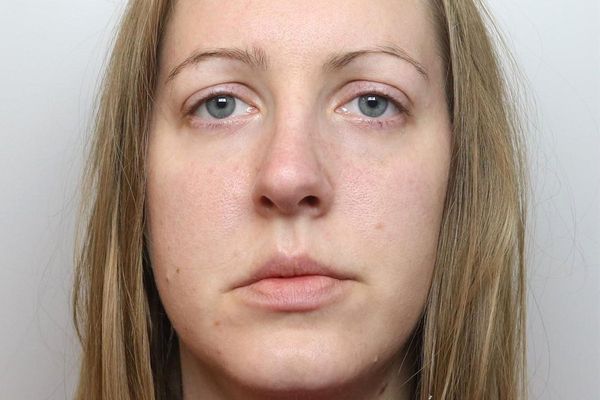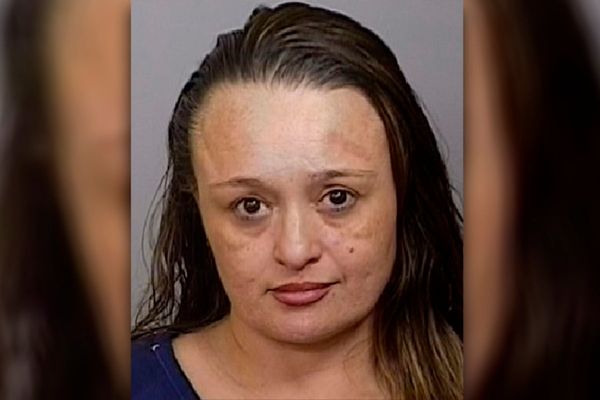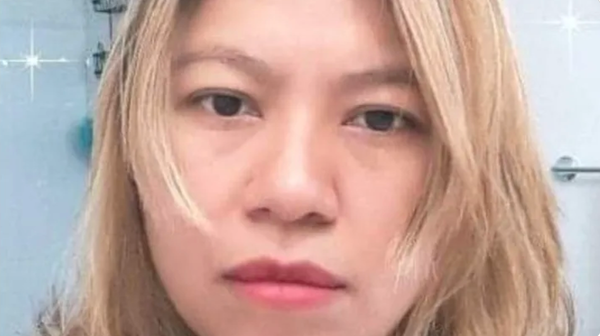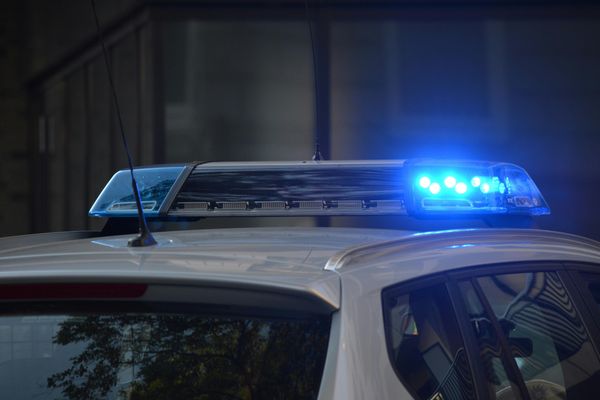
Twitter said recently that starting on April 1 it would begin removing the blue check marks from accounts that haven't paid for its new service, Twitter Blue, but users say their blue checks are still there even though they haven't forked over any money.
The social media company used to dole out blue checks to accounts it vetted and deemed "active, notable, and authentic," according to the company.
Now, any user can pay around $8 per month to obtain the badge, provided they're eligible under the company's rules.
It's unclear if any individual Twitter users with legacy blue check marks have had them involuntarily stripped as of Monday. But accounts now display a new message when you click on the icon: "This account is verified because it's subscribed to Twitter Blue or is a legacy verified account."
The messages makes it hard to distinguish whether an account was verified under Twitter's old rules or is paying for the blue check through Twitter Blue.
Owner Elon Musk has argued that Twitter Blue endeavors to treat accounts equally and not give some preferential treatment, but experts warn that the relaxed verification standards may make it easier for misinformation to spread.
Sol Messing, a research associate professor at New York University's Center for Social Media and Politics, told NPR that Twitter users with nefarious intentions could exploit the new paid service to gain a larger following and drown out higher-quality information.
Took this screenshot in anticipation of becoming blue check-less today.
— Mark Hamill (@MarkHamill) April 2, 2023
Surprisingly, it didn't happen... yet.
Any chance this is his idea of an #AprilFoolsDay joke? pic.twitter.com/haZntxwUsS
"That's why Twitter created the verification program in the first place, so that it would be very difficult for people to do that, because all the blue checked accounts were, in fact, who they say they were," Messing told NPR.
When one iteration of Twitter Blue was rolled out last year, a user with a blue check pretended to be the pharmaceutical giant Eli Lilly and tweeted that the company was offering insulin for free. The company denied the news and apologized, but not before the fake tweet received hundreds of retweets and thousands of likes and sent Lilly's stock price down temporarily.
At least one account appears to have lost its verification, though: The New York Times. In response to a user's meme about the newspaper refusing to pay for the check, Musk replied, "Oh ok, we'll take it off then."
A subscription to Twitter Blue, which also allows users to edit tweets and enable text message two-factor authentication, costs $8 per month or $84 if you pay for the whole year at once.
Twitter says accounts that pay for the blue check will have to meet certain eligibility requirements, such as having a name and a profile image that weren't recently changed, and be older than 30 days.
Some business accounts on Twitter have a gold check mark, while certain government and multilateral accounts have a gray check.







